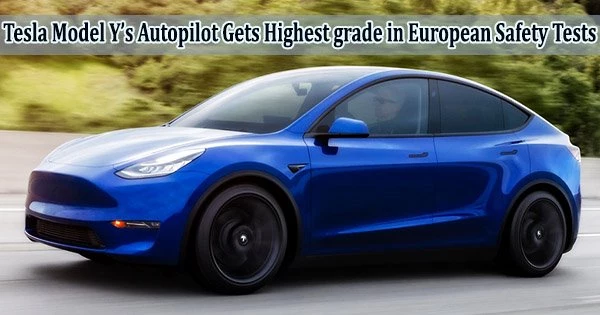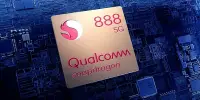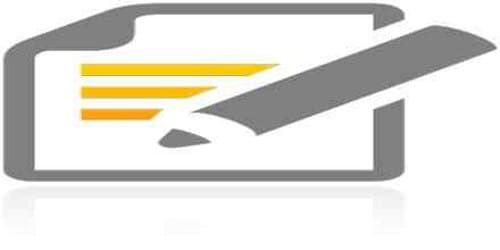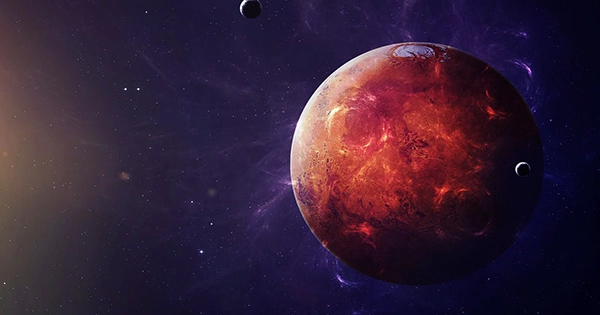In a European safety test that evaluated driver-assist technologies like the contentious Autopilot system from the automaker, the Tesla Model Y achieved the highest score of any vehicle.
The 2022 Model Y’s 98% score in the “safety assist” category, which evaluated safety technologies like lane-keeping and automatic emergency braking, beat out vehicles from automakers like Mercedes-Benz, Volvo, Lexus and Volkswagen.
Overall, the Model Y received a five-star ranking in the European tests, called Euro NCAP, which stands for “new car assessment program.” A vehicle with a five-star rating offers exceptional crash protection and powerful crash avoidance technology.
In two of the four test categories, the Model Y received the highest ratings of any tested vehicle, and in a third category, vulnerable road users, which focuses on interactions between pedestrians and cyclists, it received the second-highest rating.
Tesla’s other vehicles were not tested, but its new models have the same standard driver-assist technology as the Model Y. In 2019, a Tesla Model 3 received an overall five-star score.
Tesla’s European version of Autopilot has more limitations than the US version. For example, the Smart Summon function, in which the car slowly drives to meet its owner, is limited to 20 feet rather than 213 feet. Tesla also has not yet announced a release of the beta version of “full self-driving” in Europe.
Tesla’s driver-assist technologies, called Autopilot and “full self-driving,” have long pushed boundaries of what car technology is capable of. On long highway travels, many drivers report feeling less worn out after using Autopilot’s autonomous steering feature. However, there have been issues raised regarding the system’s safety record, including whether the automaker goes far enough to maintain drivers’ attention and engagement.
The National Transportation Safety Board has called for Tesla to improve its driver-assist technologies following several headline-grabbing fatal crashes. Research has found that drivers are more distracted when they use Autopilot.
Tesla began to use a cabin camera in 2021 inside its newer vehicles to monitor driver engagement after competitors, like General Motors and Ford, included them.
The National Highway Traffic Safety Administration is investigating cases in which Tesla vehicles using Autopilot have rear-ended emergency vehicles stopped on roadways. It expanded its investigation this summer, which could lead to a recall. It’s also examining multiple fatal crashes this summer of vehicles with Autopilot striking and killing motorcyclists. The crashes have raised questions about if the Tesla cabin camera can adequately detect distracted drivers at night when visibility in the vehicle may be more difficult. Some competitors like Ford and General Motors use infrared technology instead, which may be better suited evening conditions.
Tesla did not immediately respond to a request for comment and generally does not engage with the professional news media.
Recently, a video of Teslas equipped with what the company calls “full self-driving” running over a child mannequin led to Tesla supporters conducting tests with their own children to evaluate the vehicles’ safety.
Euro NCAP concluded that the Model Y’s automatic emergency braking system “performed well” in its response to pedestrians. The tests include scenarios like a child running from behind parked vehicles and a pedestrian crossing a road into which a car is turning. Tesla received a score of 7.7 out of 9 points on the emergency braking near pedestrians.
Euro NCAP also noted that the Tesla system uses a camera-based system to monitor for distracted drivers and automatically changes the sensitivity of its forward collision warning system to be more reactive.
Euro NCAP’s testing protocol for driver-assist technology does not say if it evaluates systems during nighttime conditions. It did not immediately respond to a request for comment.
















